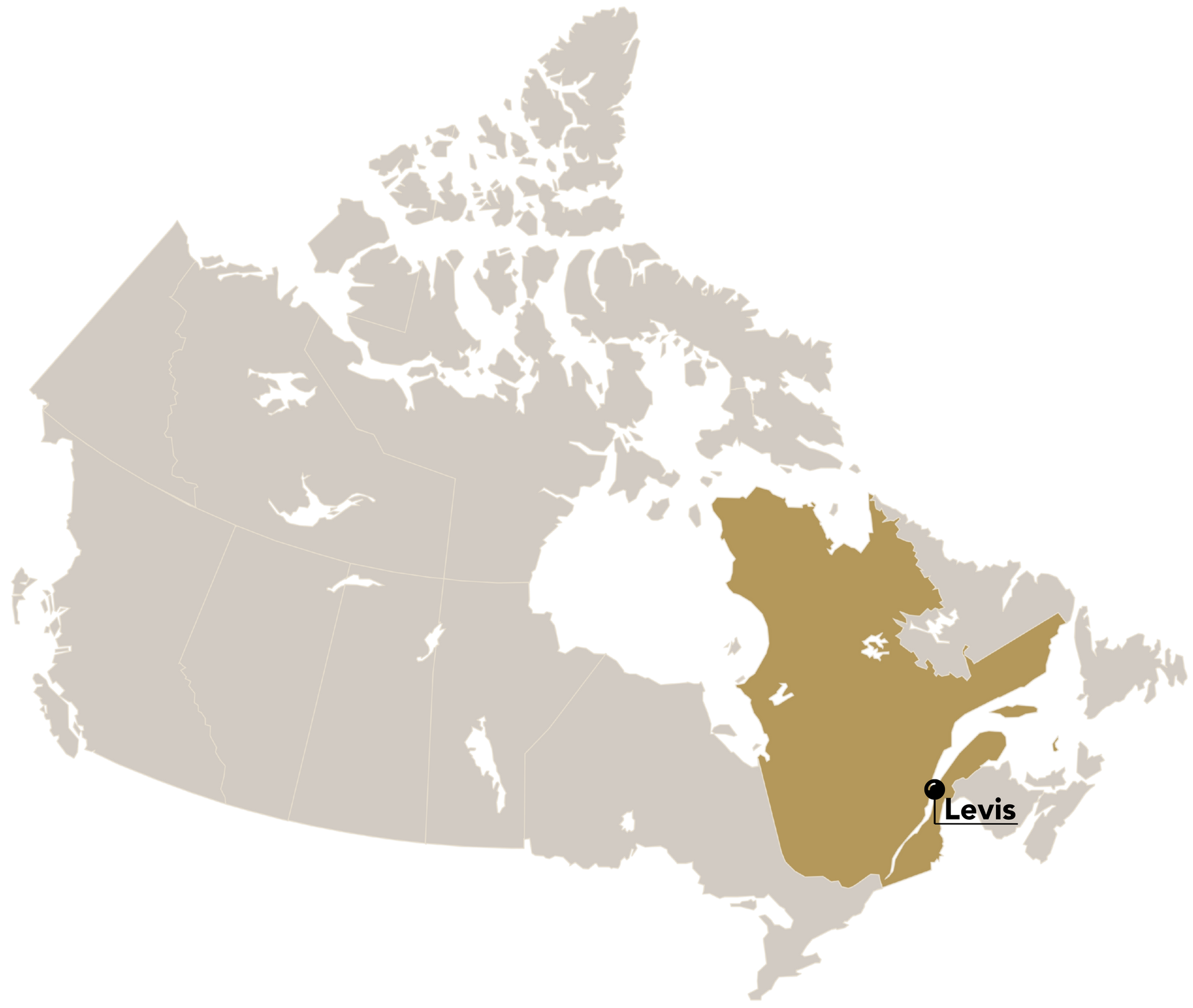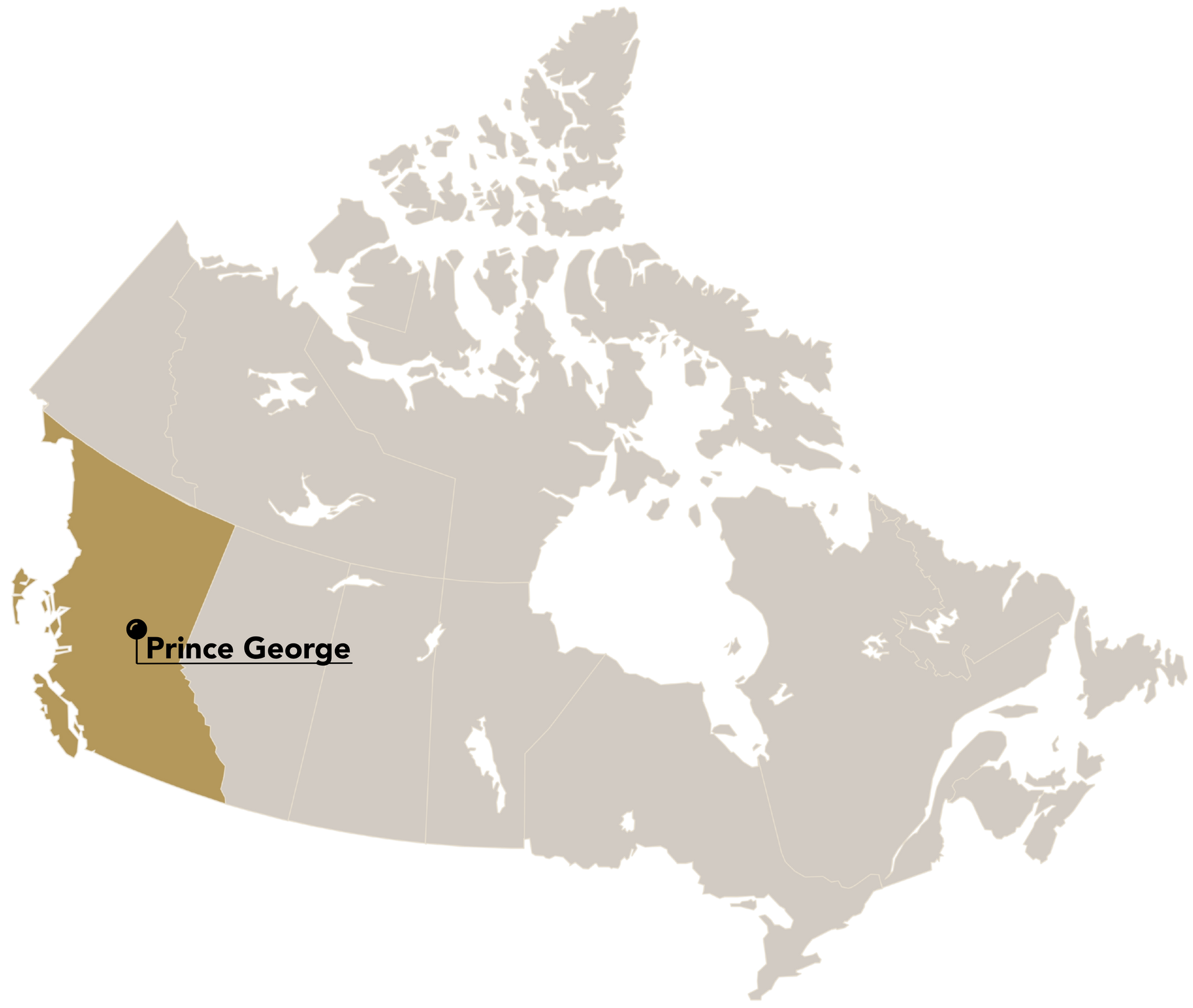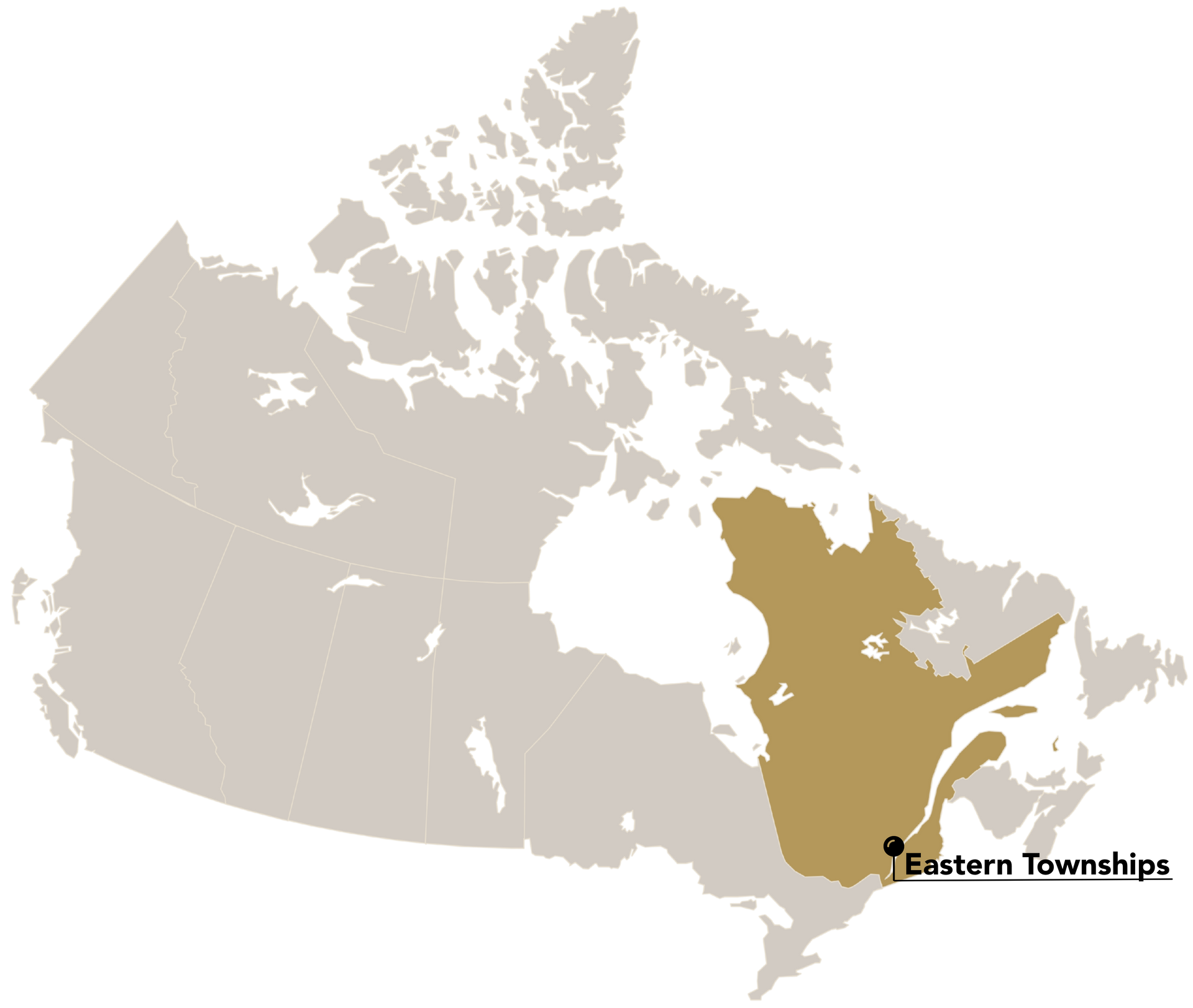Join a Trusted Brand with
Growing Presence Across Canada
Paul Davis is expanding. Explore available franchise territories from coast to coast and be part of a nationally recognized restoration leader. Invest in your future while helping communities rebuild.
BRITISH COLUMBIA
Prince George
2024 Population: 97,657
A thriving northern hub with growing demand for restoration services
Why Prince George?
- Central hub for Northern BC with regional reach
- Strong year-round demand for fire and water damage restoration
- Underserved market with high growth potential
- Ideal for community-driven, locally trusted businesses
Kamloops
2024 Population: 117,694
A vibrant Interior BC regional center with strong restoration service potential
Why Kamloops?
- Strategic location at the crossroads of major highways and rail, serving as a gateway to surrounding communities
- Consistent year-round demand for fire, water, and storm damage restoration
- Expanding population creating increased residential and commercial service needs
- Opportunity for a locally trusted business to dominate an underserved market
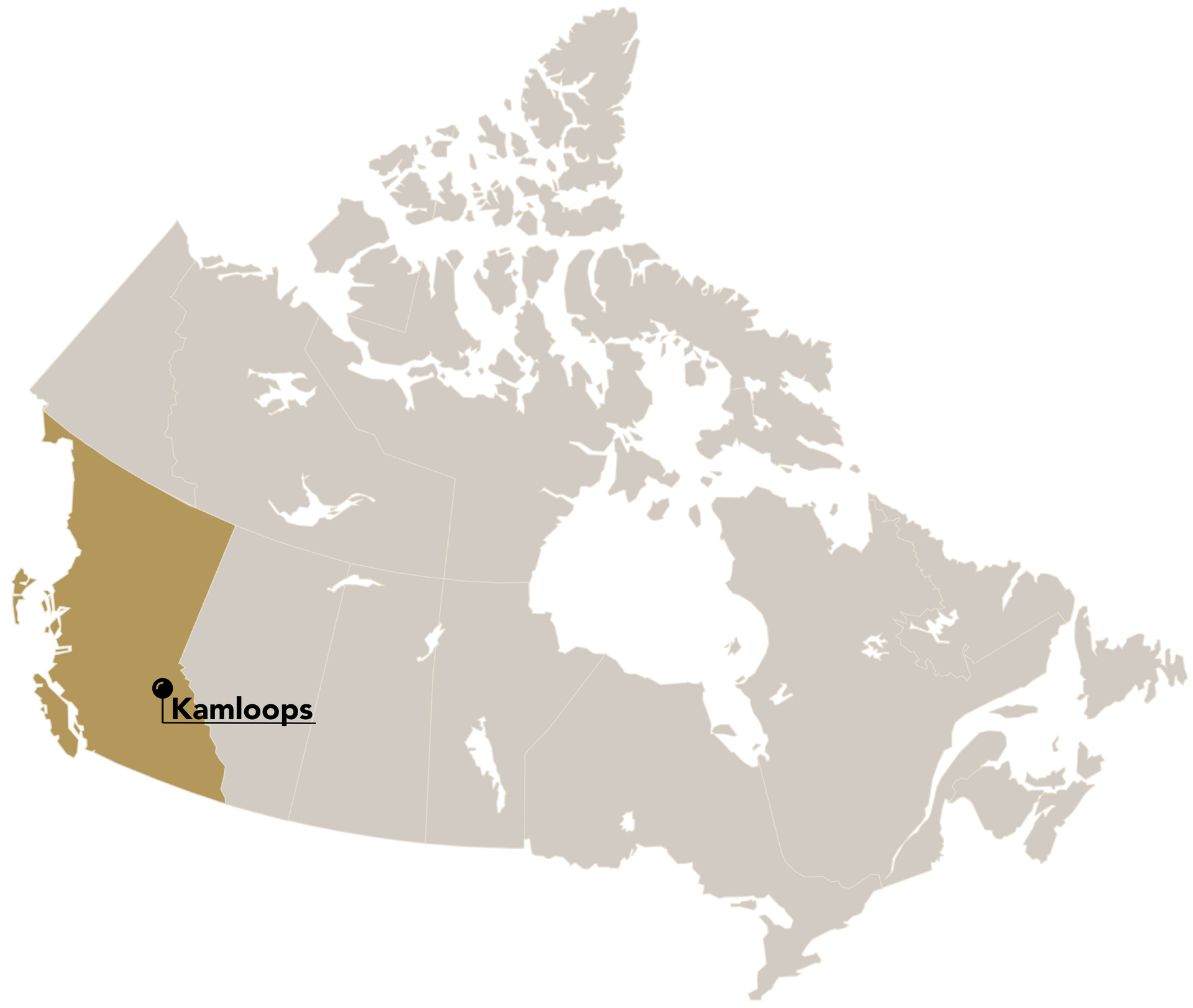
Alberta / Saskatchewan
Lloydminster
2024 Population: 79,804
A unique Border City hub bridging two provinces and ripe for restoration-service expansion
Why Lloydminster?
- Strategically positioned on the Alberta–Saskatchewan border, serving as a gateway for both provinces
- Stable, medium-sized market with a growing population and strong regional demand
- Petroleum, agriculture, and refinery-driven economy drives year-round need for fire, water, and environmental restoration
- Underserved restoration market with opportunity to become a trusted local provider across jurisdictions
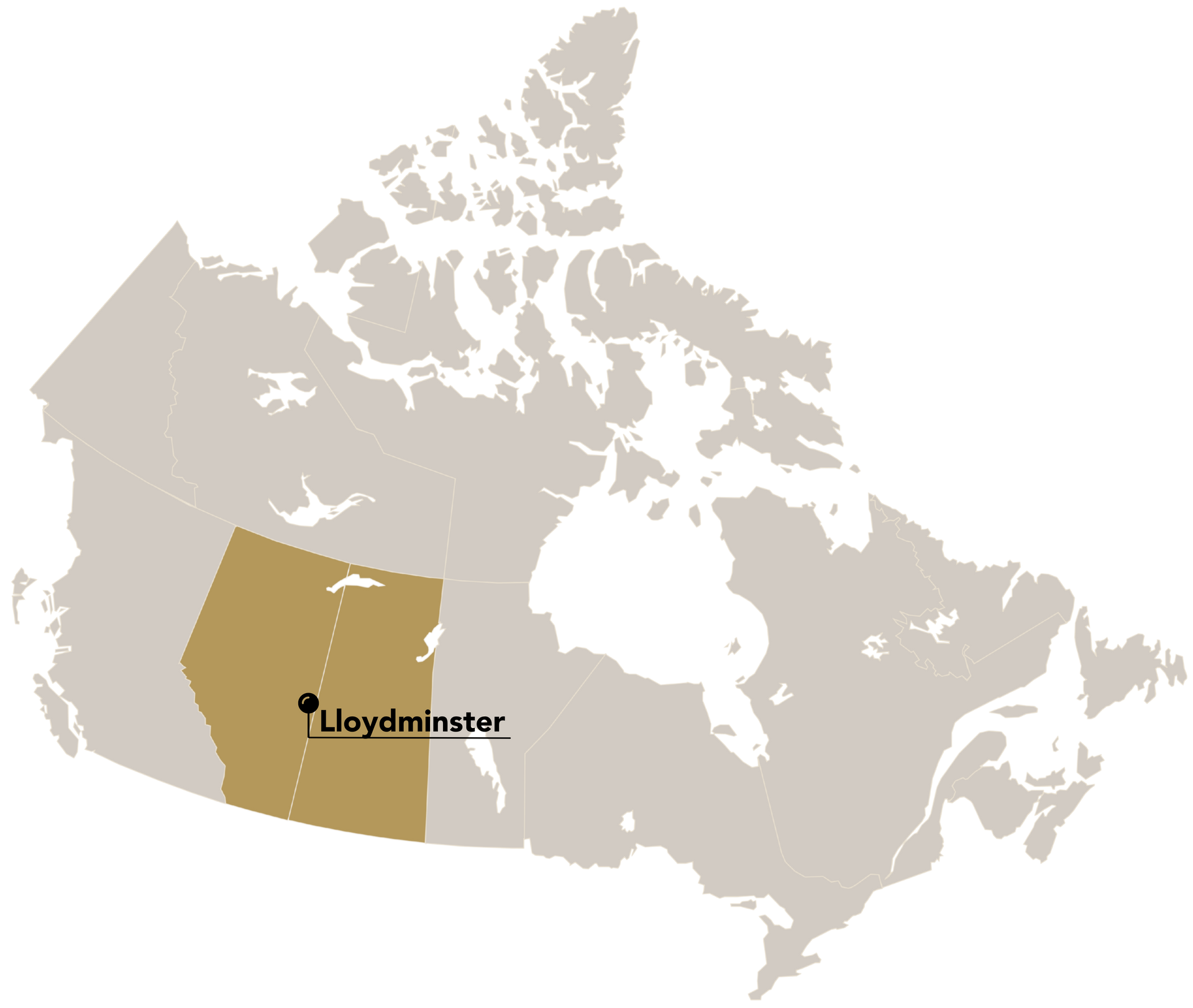
MANITOBA
Brandon
2024 Population: 140,959
A resilient Prairie hub with diversified industry and strong restoration demand
Why Brandon?
- Serves as the primary trade, healthcare, and education hub for southwestern Manitoba and southeastern Saskatchewan, with a regional reach exceeding 190,000 people
- Economy anchored by agriculture, food processing, transportation, manufacturing, and energy—offering stable, year-round business and residential restoration demand
- Growing population—adding over 5,000 residents (about 8%) from 2022 to 2024—drives increased housing and infrastructure needs
- Restoration market includes established competitors but remains underserved—opportunities exist to establish a trusted, locally-driven franchise presence
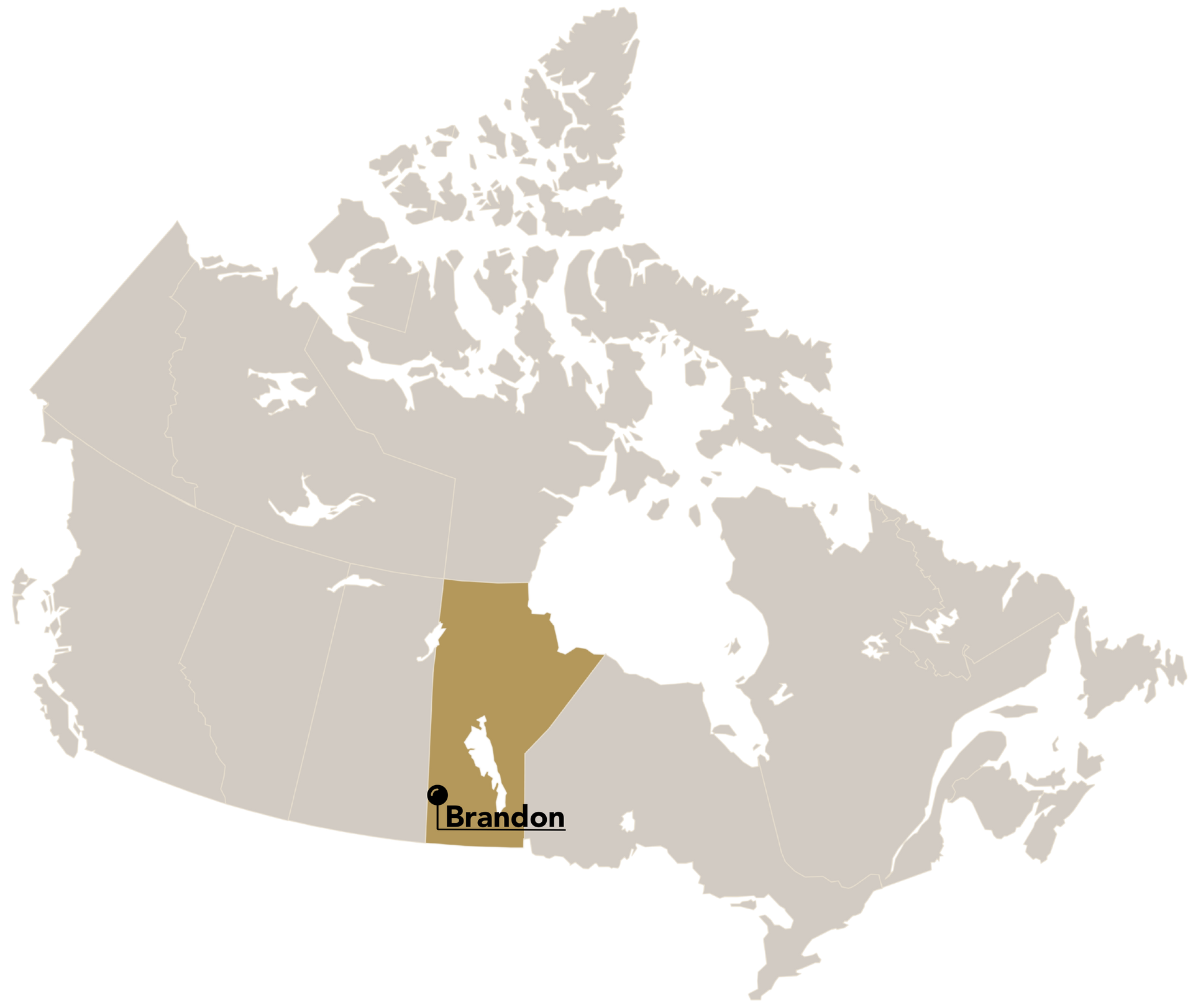
ONTARIO
Pembroke
2024 Population: 106,048
A gateway to the Ottawa Valley, perfectly positioned for local restoration growth
Why Pembroke?
- Serves as a significant commercial and service hub for Renfrew County, offering wide regional influence across Eastern Ontario
- Steady population growth, signaling rising demand for restoration services
- Economy anchored by forestry, manufacturing, military (nearby CFB Petawawa), and tourism, providing diverse, year-round demand for fire and water damage restoration
- Underserved restoration market with ample opportunity to become the go-to, community-trusted franchise provider
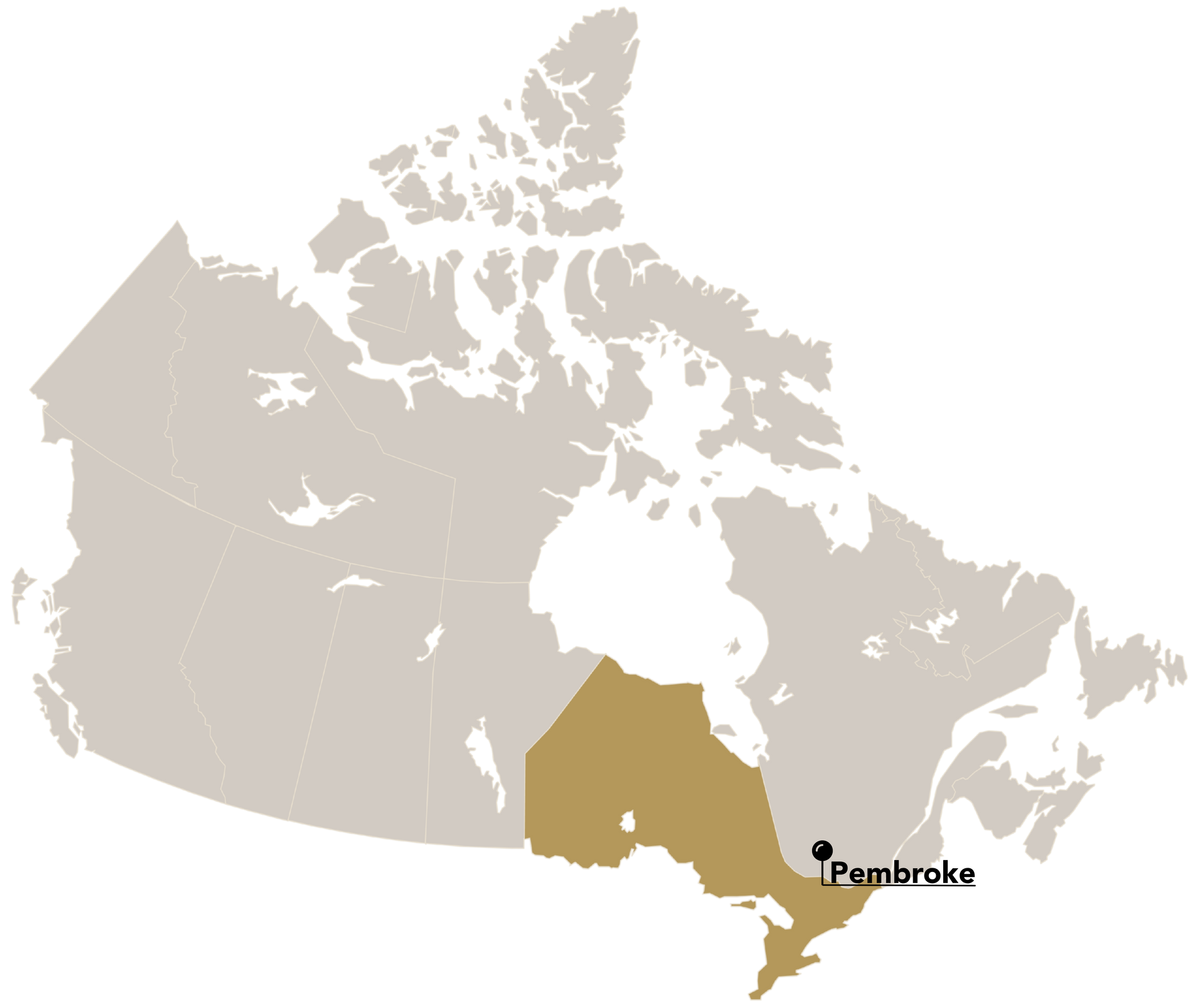
QUEBEC
Rive-Nord
2024 Population: 466,641
A rapidly expanding suburban region north of Montreal, with strong potential for restoration service growth
Why Rive-Nord?
- Encompasses 20+ municipalities in the Laurentides and Lanaudière regions just north of the Rivière des Mille-Îles - forming a large, contiguous market adjacent to Montreal
- Significant population base ensures ample commercial and residential restoration demand
- A well-established yet fiercely competitive home-services scene, offering opportunity for a franchise to stand out through prompt, trusted service delivery
- Strong commuter and residential growth as an overflow region from Montreal—suggesting escalating infrastructural and restoration needs year-round
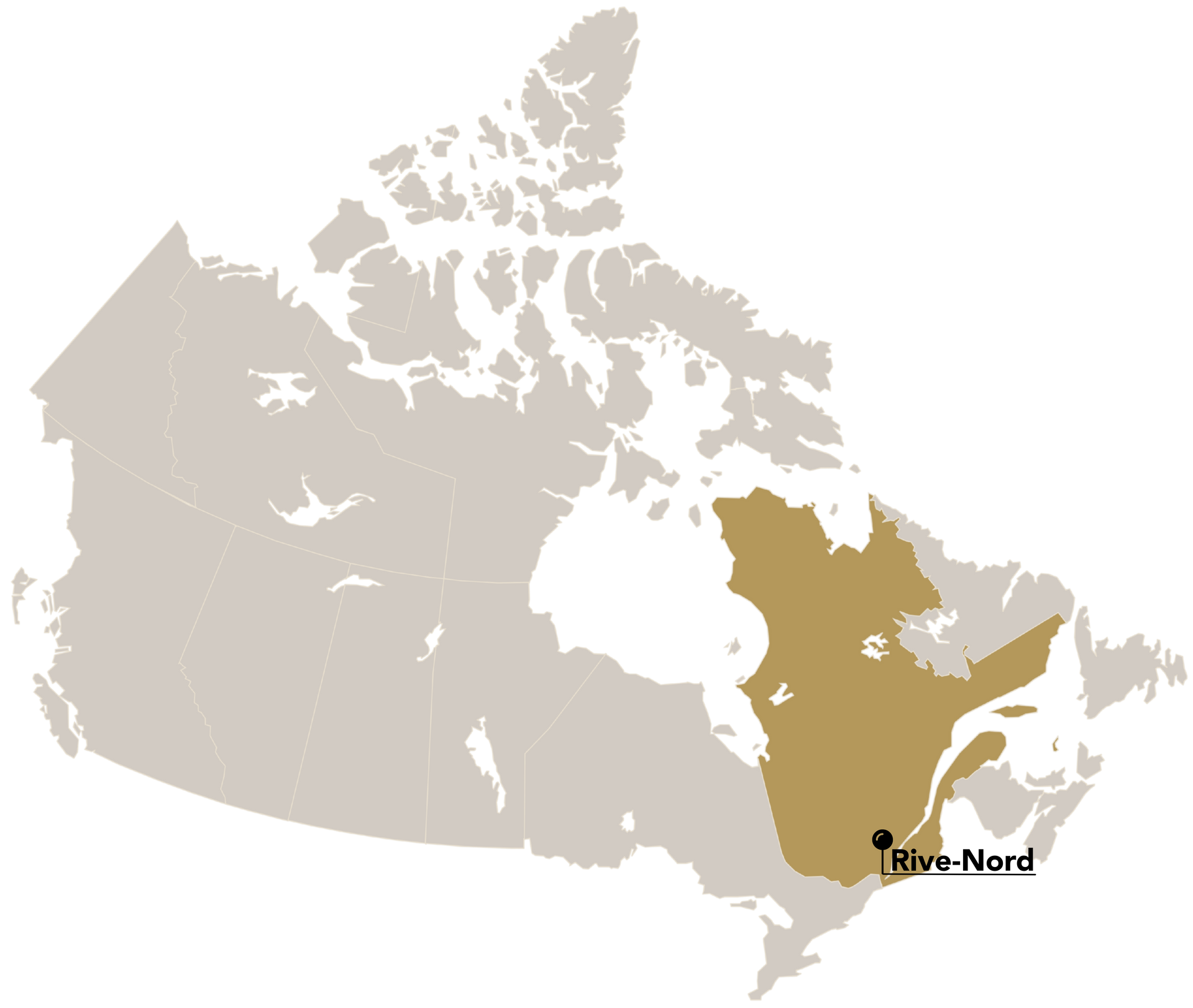
Rive-Sud
2024 Population: 451,097
A dynamic South Montreal suburban region with expanding restoration service needs
Why Rive-Sud?
- A highly populous, continuously growing suburban expanse directly across from Montreal that serves as a major residential and commercial extension of the metro core
- Diverse mix of communities—from Longueuil to Brossard, Chambly, and beyond—generates strong, year-round demand for fire, water, and disaster restoration services
- Fragmented municipal structure and rapidly evolving home-service networks offer ripe opportunity for a trusted franchise to unify regional service and build loyal local partnerships
- Strategically adjacent to Montreal—with well-established road and transit connections—facilitating efficient service delivery and regional scalability
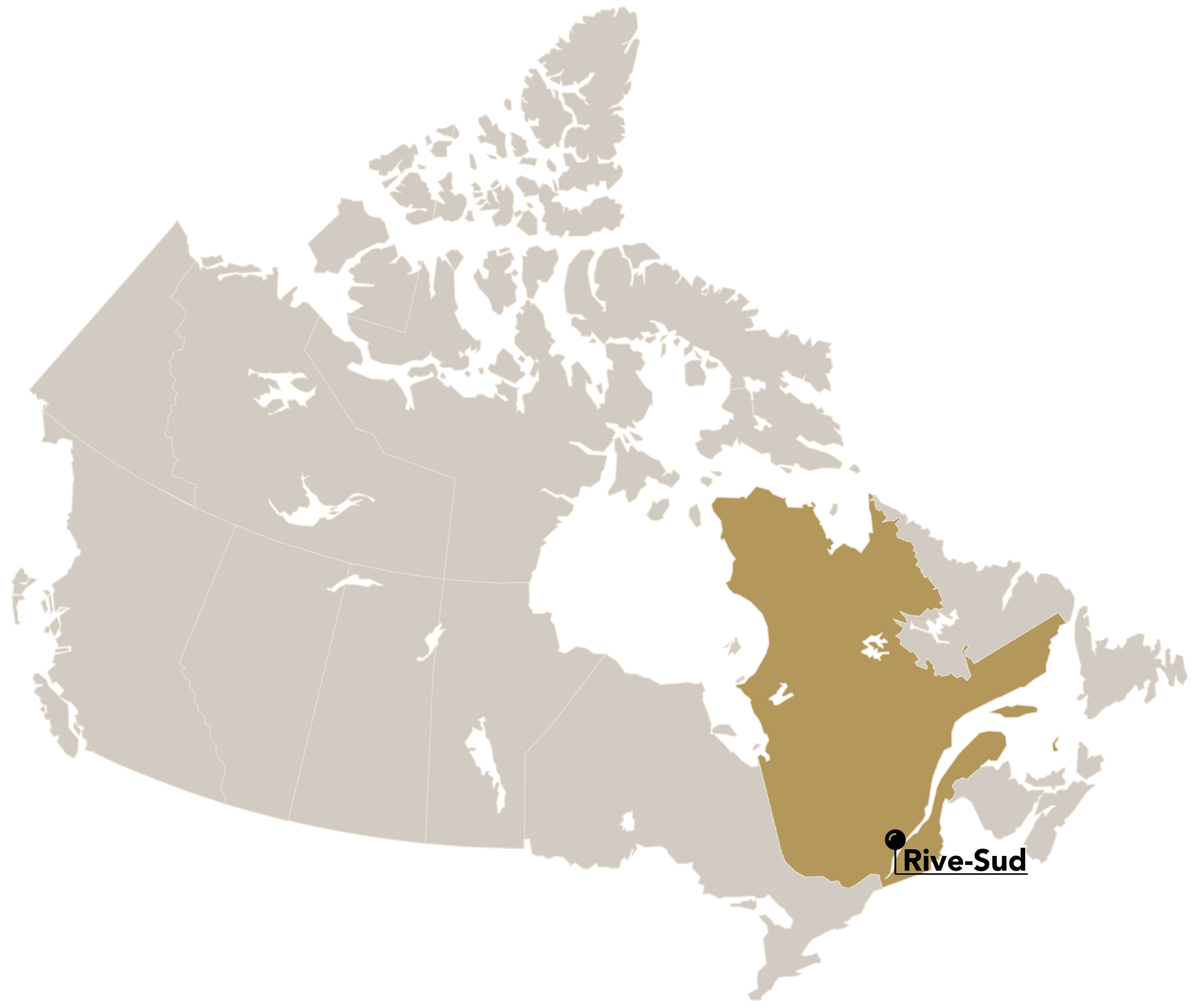
Eastern Townships
2024 Population: 241,033
A scenic and culturally rich Quebec region with rising demand for restoration services
Why Eastern Townships?
- Large regional population base spread across Estrie, making it a substantial market for residential and commercial restoration services
- Strategic geography just an hour from Montréal and bordering the U.S. (Vermont, New Hampshire, Maine), offering expansive market reach and strong tourism-driven demand
- Diverse local economy—agriculture, tourism, forestry, light manufacturing, and educational institutions drive steady, year-round need for restoration work
- Fragmented service landscapes, with many small towns and villages (e.g., Sherbrooke, Magog, Granby, Coaticook) that could greatly benefit from a dependable, franchise-backed restoration provider positioning itself as a trusted local partner
Granby
2024 Population: 167,627
A growing Eastern Townships centre with vibrant commerce and solid restoration prospects
Why Granby?
- Positioned midway between Montreal and Sherbrooke along Autoroute 10, Granby serves as a vital regional trade and service hub
- City experiencing steady growth—rising from 69,025 in 2021 to around 71,800 in 2024—indicating escalating residential and commercial infrastructure needs
- Diverse economy anchored by textile, lumber, dairy, manufacturing, tourism (notably the Granby Zoo), and regional shopping centers—driving constant demand for fire, water, and disaster restoration services
- Restoration market remains ripe for expansion—local presence by a trusted franchise could fill a vital service gap and establish strong community ties
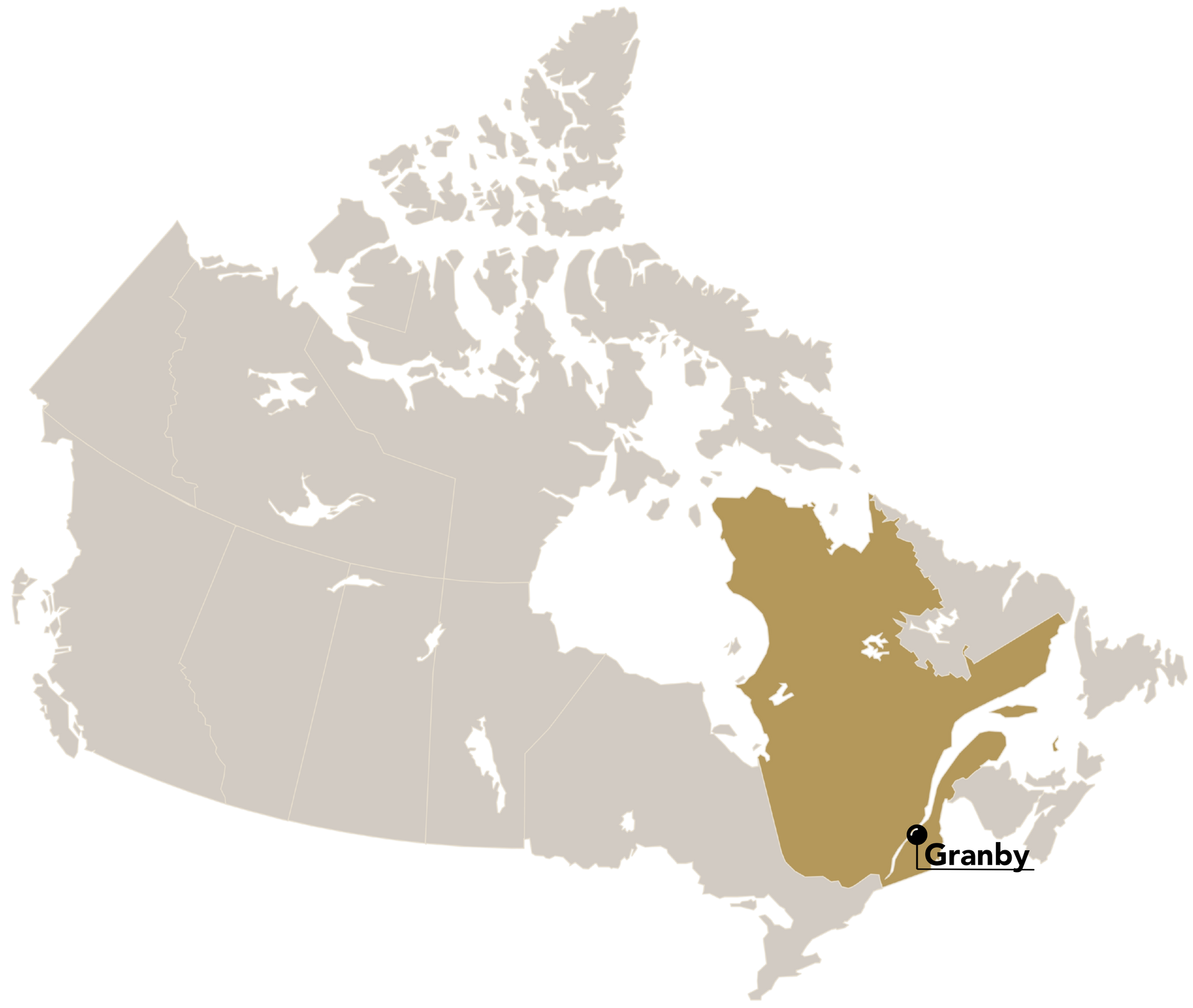
Sherbrooke
2024 Population: 304,070
A major Eastern Townships regional hub, brimming with institutional and commercial restoration opportunities
Why Sherbrooke?
- The primary economic, cultural, and institutional center of Estrie, earning its nickname “Queen of the Eastern Townships”
- Population has grown significantly—from 172,950 in 2021 to an estimated 184,667 by late 2024
- A diversified economy anchored in education (8 institutions, ~40,000 students), healthcare, manufacturing, and services, providing consistent year-round demand for restoration services
- Strong regional influence, modern infrastructure, and growing housing needs (amid an existing housing pressure) create abundant opportunity for a trusted local franchise presence
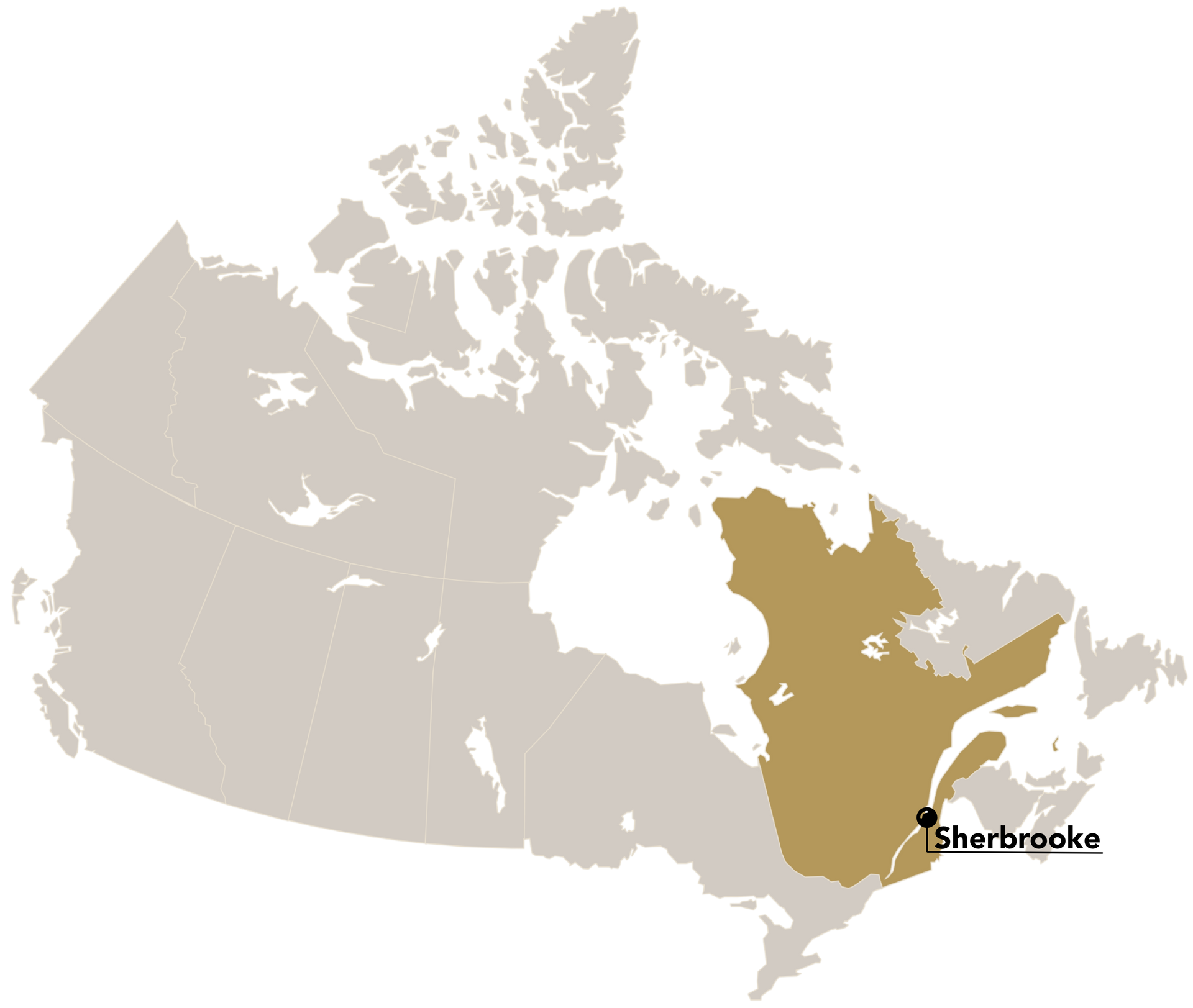
Centre-du-Quebec
2024 Population: 269,563
A strategically positioned manufacturing and agricultural heartland primed for restoration-service growth
Why Centre-du-Québec?
- Strong population base with sustained growth—forecasted to rise around 6.4% between 2021 and 2026, outpacing Quebec’s average growth
- Diversified economy including food processing, metal products, machinery, furniture, paper, transport equipment, life sciences, agriculture, and forestry—providing consistent, year-round restoration needs across sectors
- Regional reach and connectivity: centrally located between Montreal and Quebec City, with major towns like Drummondville, Victoriaville, and Bécancour serving as high-traffic hubs
- Opportunity for a trusted local franchise: multiple mid-sized service areas and a fragmented provider landscape makes it ripe for establishing a dependable, regional restoration presence
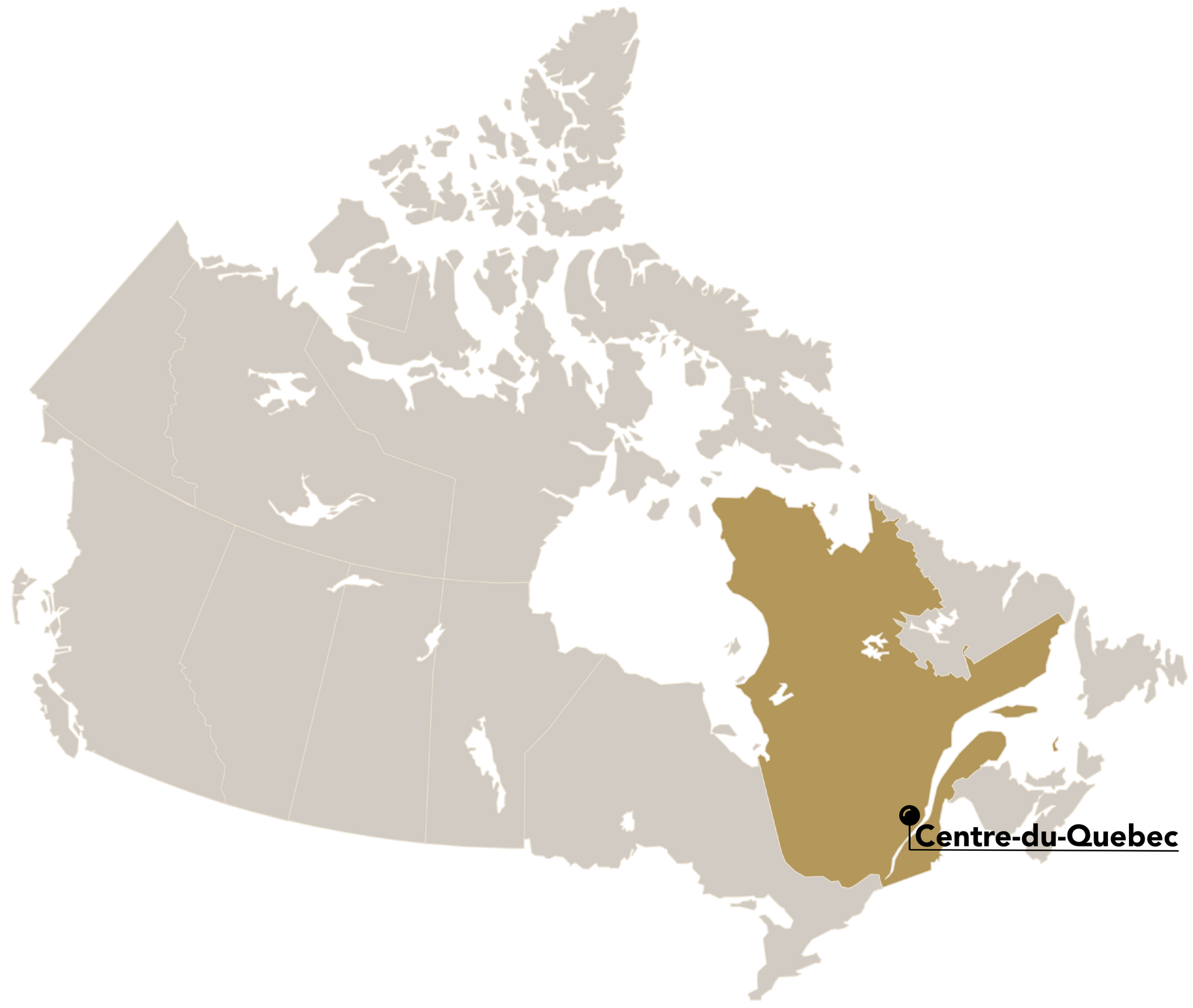
Mauricie
2024 Population: 262,659
A centrally located Quebec region with steady growth and strong restoration service potential
Why Mauricie?
- Includes major cities like Trois-Rivières, Shawinigan, and La Tuque, serving as a hub for central Quebec
- Diverse economy in manufacturing, public services, and tourism drives year-round demand
- Growing population and infrastructure projects create expanding service opportunities
- Ideal market for a trusted, community-focused restoration business
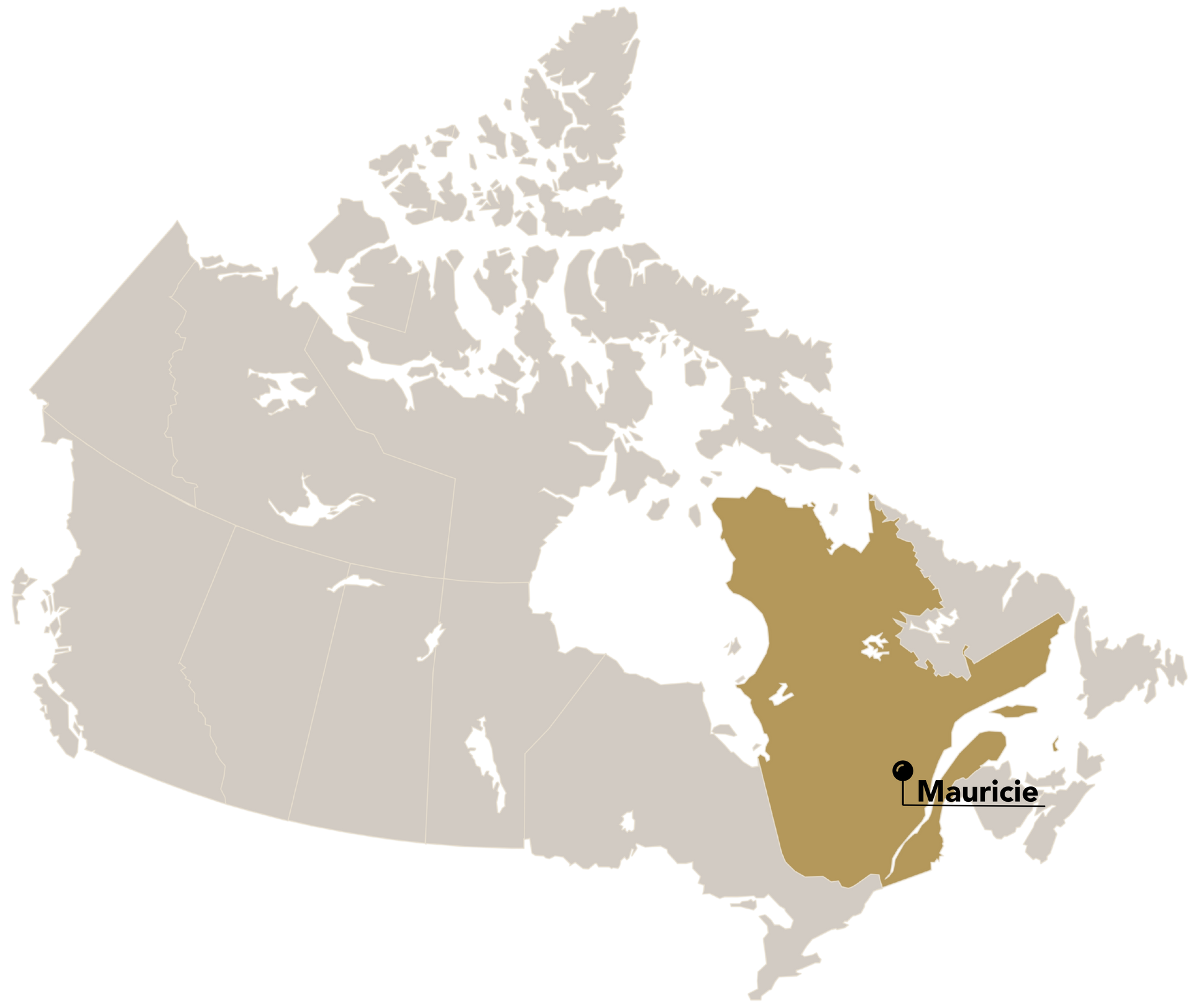
Sud Est Quebec
2024 Population: 143,053
A thriving southeastern Quebec region with strong growth and diverse restoration opportunities
Why Sud-Est Québec?
- Central location between Quebec City and the U.S. border, offering access to both urban and rural markets
- Steady year-round demand driven by industrial, agricultural, and residential sectors
- Rapid population growth fueled by migration, creating increased service needs
- Ideal market for a community-driven, locally trusted restoration business
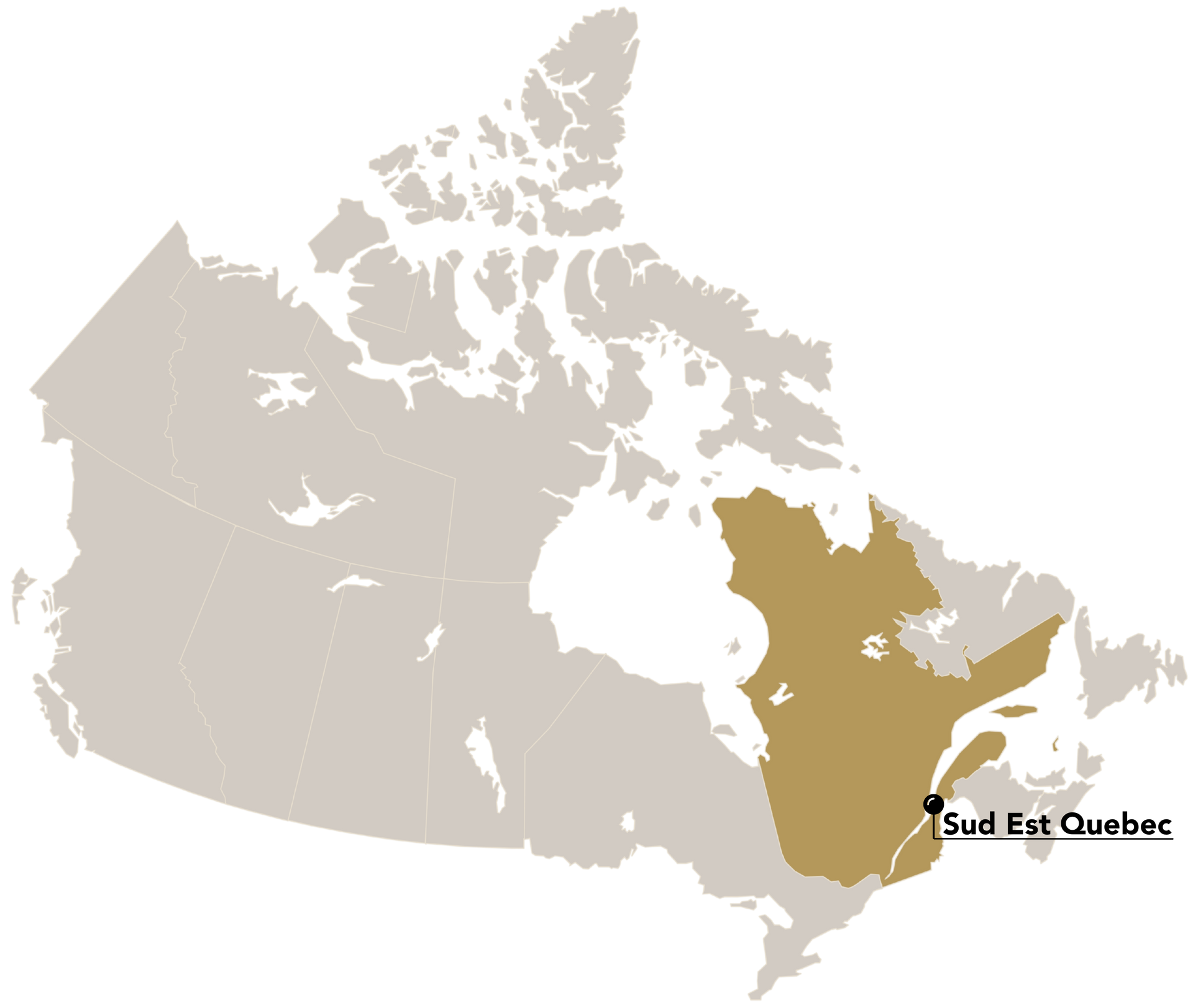
Levis
2024 Population: 336,151
A thriving South Shore city with rapid growth and strong restoration service demand
Why Lévis?
- Strategic location directly across the St. Lawrence from Quebec City, with excellent road and ferry connections
- Diverse economy in manufacturing, retail, education, and healthcare fueling year-round service needs
- Rapid population growth driven by migration and urban expansion, increasing demand for restoration services
- Ideal for a locally trusted franchise to capture both urban and surrounding suburban markets
